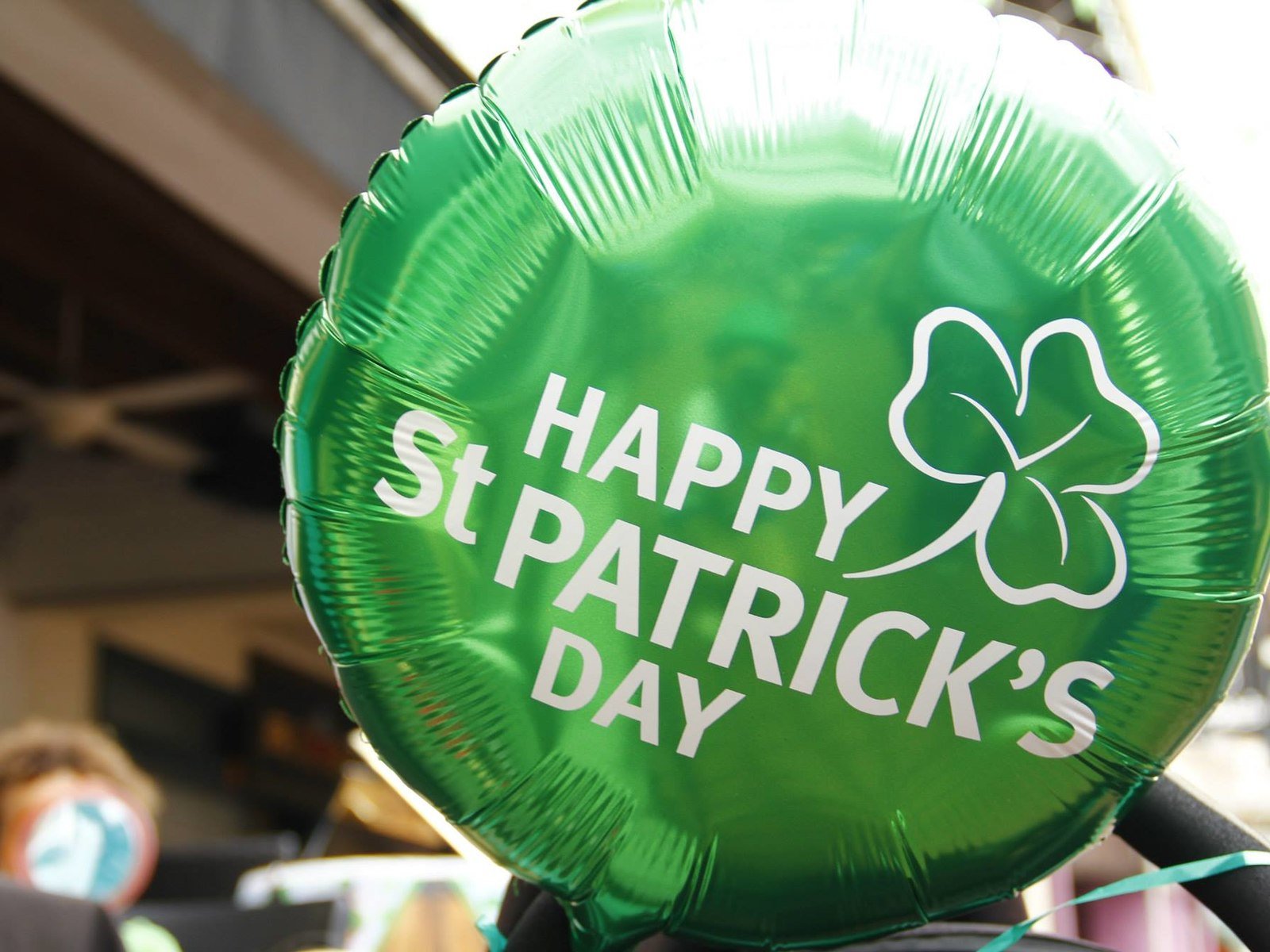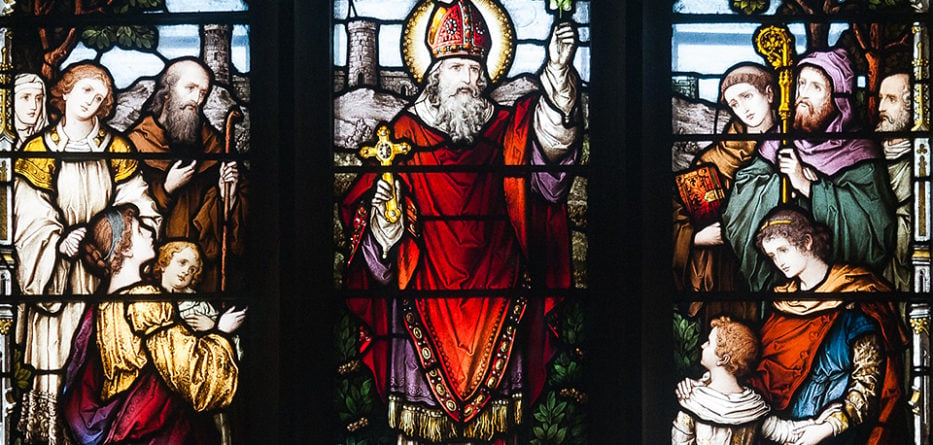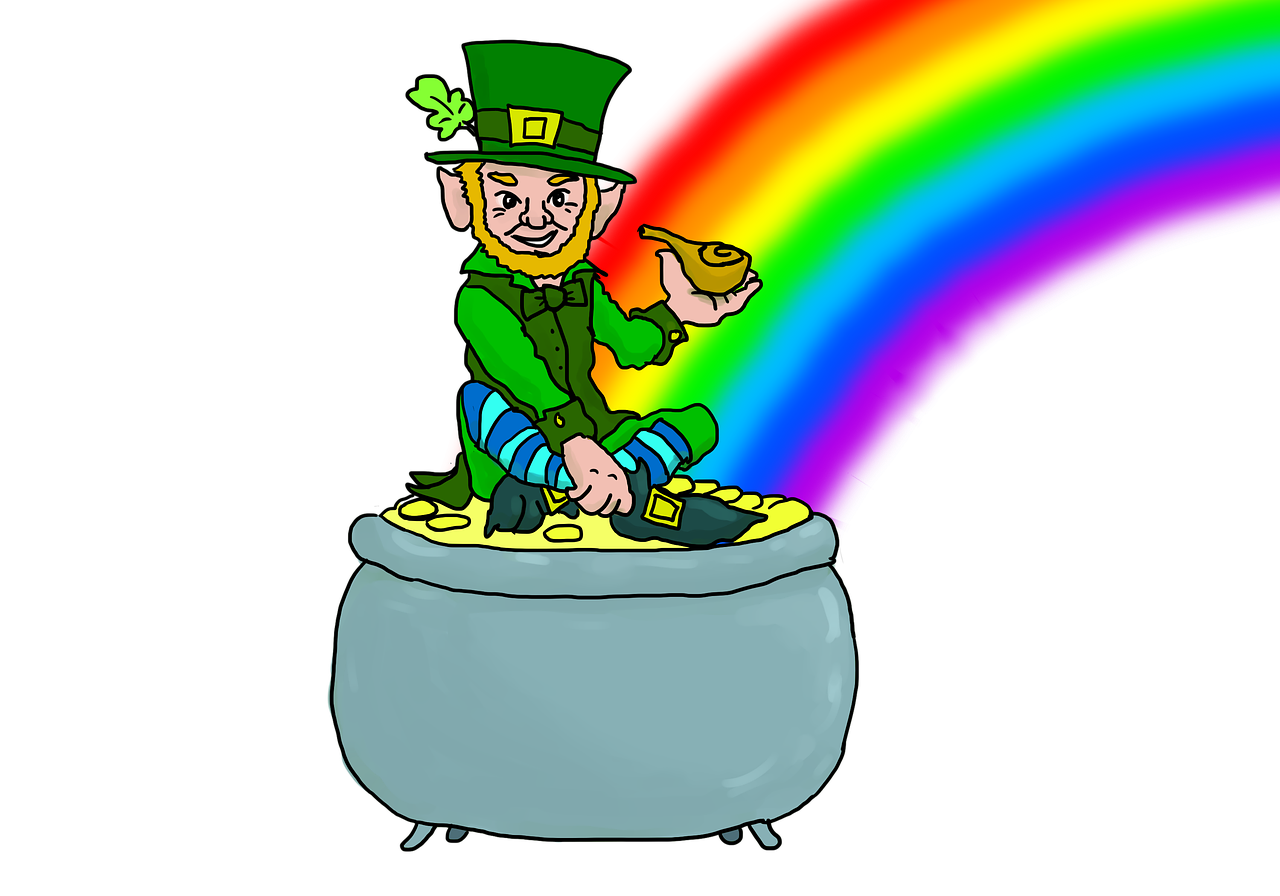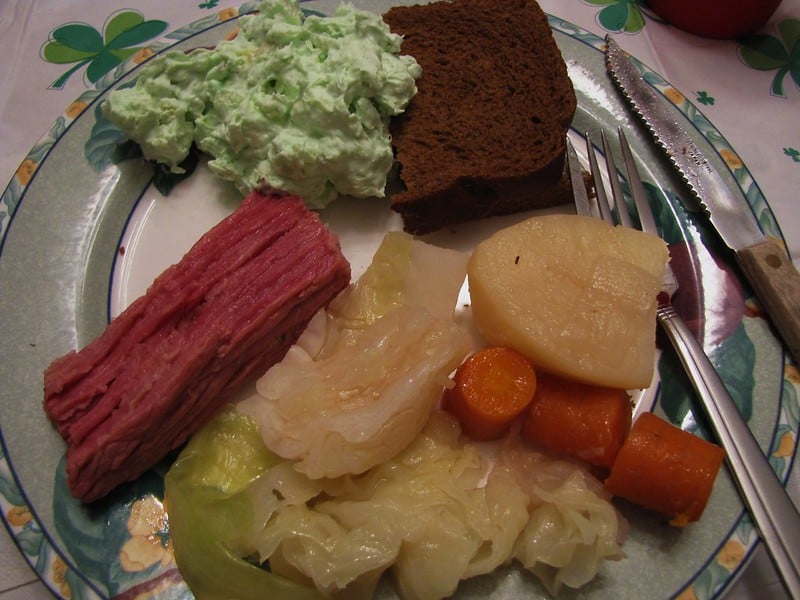
It's St. Patrick's Day! This means you can pinch anyone not wearing green, go on extensive searches for lucky, four-leaf clovers, and chase down leprechauns that lead to pots of gold. For those wondering how the death anniversary of an Irish clergyman grew into one of the world's most popular holidays, here is a brief history.
St. Patrick

While St. Patrick's Day is now Ireland's biggest holiday, the clergyman it commemorates was not Irish. Maewyn Succat, as he was then called, was born in modern-day England in 387 AD. He was kidnapped and brought to work on sheep farms in Ireland at 16. The teenager escaped a few years later and spent the next 15 years of his life at a monastery in England.
Ordained as a bishop in 432 AD, the now renamed Patricius ("Father of the Citizens") returned to Ireland to convert the country's primarily pagan population to Christianity. The clergyman was not well-known at the time of his death on March 17, 461 AD. He rose to fame over the following centuries after tales of his heroic achievements, which included driving all the snakes out of Ireland, began to emerge. By the seventh century, St. Patrick had been elevated to a primary patron saint of Ireland, an honor afforded to only two others — St. Brigid of Kildare and St. Columba.
How green became the color of choice
Though green is now synonymous with the Irish holiday, it was not the original color of choice. When King George III established the Order of St. Patrick in 1783, the followers donned blue. Green was introduced in the 1790s to represent Irish nationalism and the country's lush green landscape.
The origin of pinching people not wearing green on St. Patrick's Day is hazy. Some attribute it to the green bruise left behind by a fierce pinch. Others credit it to the unfounded belief that wearing green renders one invisible to leprechauns, making it easier to catch the crafty creatures.
Leprechauns and Shamrocks

For many, St.Patrick's Day is all about finding leprechauns — the shoemakers of the fairy world — who know the location of the pot of gold at the end of a rainbow. The leprechauns can purportedly also grant their captors three wishes. However, given that the rogue fairies have yet to be seen, let alone captured, neither belief has been verified.
Wearing three-leaf clovers or shamrocks is a popular St. Patrick's Day tradition. Legend has it that St. Patrick used the leaves to explain the Holy Trinity — God the Father, God the Son, and God the Holy Spirit — to the pagan Irish he was trying to convert. Many people also seek out rare, four-leaf clovers believed to represent hope, faith, love, and happiness.
Parades
Most cities and towns celebrate St. Patrick's Day with parades. However, few can compete with the New York City parade. The five-hour-long extravaganza along Fifth Avenue boasts over 150,000 participants and more than two million spectators. The parade in Dublin, Ireland, is not as grand. But the city makes up for it with a week-long celebration that attracts over a million people.
Food

Americans celebrate the holiday with a traditional feast of corned beef and colcannon — potatoes mashed with cabbage and then mixed with onions and butter or cream. The custom is credited to early Irish immigrants who could afford meat — primarily beef — just once a week. But don't expect the Irish in Ireland to adopt the simple fare. They prefer to indulge in bacon and lamb on their most important holiday.
